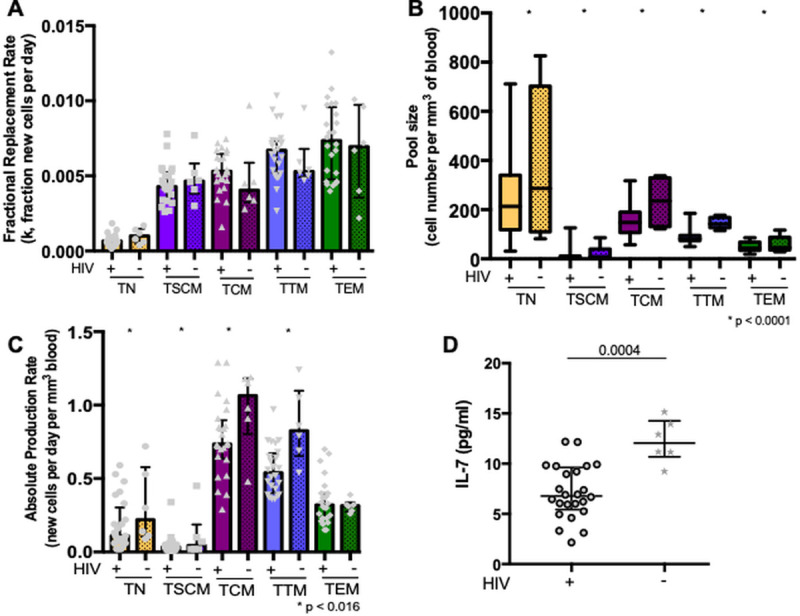Fig 1. Absolute CD4 T cell proliferation and plasma IL-7 levels are decreased in treated HIV infection.

Fractional cell replacement rates (fraction of new cells per day) and absolute proliferation rates (newly-divided cells per mm3 per day) were assessed in resting CD4 T cell subpopulations and compared between 24 HIV-infected (HIV+) and 6 uninfected (HIV-) participants in: naïve (TN), stem-cell memory (TSCM), central memory (TCM), transitional memory (TTM) and effector memory (TEM) cells. Medians and interquartile ranges are represented, and only significant p values are shown. A. The fractional replacement rate was inferred from the rate of incorporation of deuterium into the genome and is expressed as the fraction of the cells replaced per day (also called k, a constant rate with units day-1), and compared between HIV+ and HIV- participants across all subpopulations. B. The pool size was derived from measured CD4 T cell count and frequency in peripheral blood. The p value reflects the difference in pool size between HIV+ and HIV- across all subpopulations in a linear mixed model, which accounts for clustering between subpopulations within individuals. C. The absolute proliferation rate was calculated from the fractional replacement rate and pool size, as the number of cells produced per day per mm3 of blood. The p value assesses the difference between HIV+ and HIV- across TN, TSCM, TCM, and TTM subpopulations in a linear mixed model. D. Plasma levels of interleukin-7 (IL-7) (pg/ml) were compared between HIV+ and HIV- participants.
